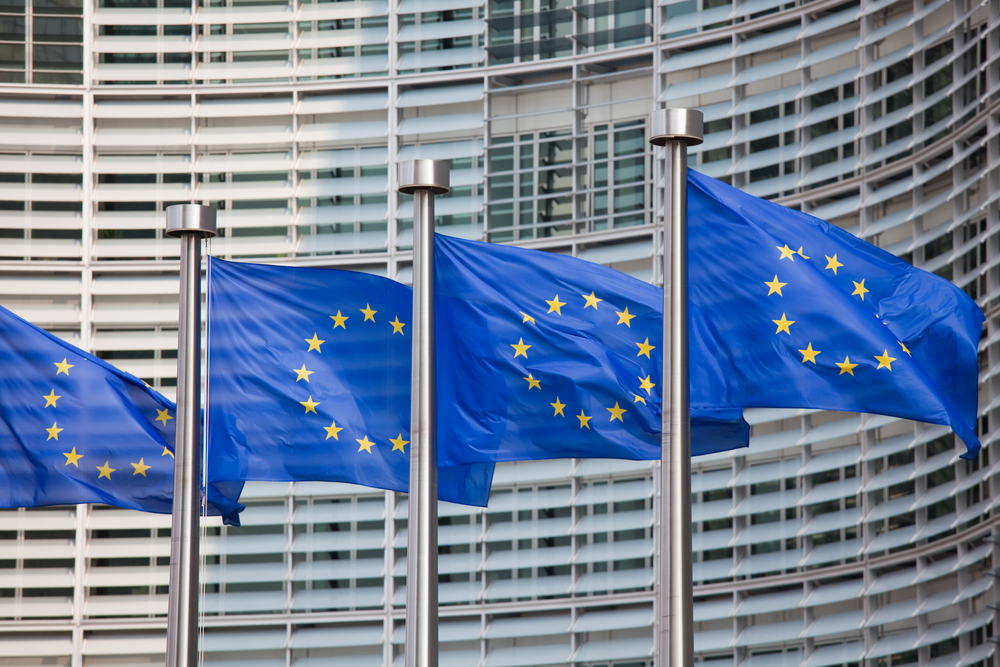In recent weeks, member states have been outdoing each other with ‘own’ rules or desires. The Netherlands and Hungary want an opt-out from EU migration policy and implement national migration policies, Germany introduced border controls, and Poland refuses to accept asylum seekers from Belarus. Other member states do not understand this stubbornness and mainly want to cooperate to achieve the most important common goals: allowing fewer asylum seekers and returning rejected asylum seekers faster.
This is also emphasized by the President of the European Commission, Ursula von der Leyen. In a migration letter prior to the summit, she outlines ten action points that need to be worked on in the coming period, on top of the heavily contested migration pact with stricter asylum rules. She has listened well to the growing discontent and impatience of various member states, partly driven by the more right-wing political wind.
For example, the European Commissioner proposes implementing parts of that migration pact faster than June 2026, as is currently the agreement. Von der Leyen understands the desire of several member states, including the Netherlands, to revise and toughen the return of rejected asylum seekers. Only with a good return policy, the migration policy works, she writes.
Return hubs outside the European Union, where rejected asylum seekers must wait for their deportation, is also a subject of discussion again. Until now, these encountered political resistance, but there is no longer a taboo on them.
 go to the original language article
go to the original language article
